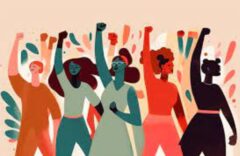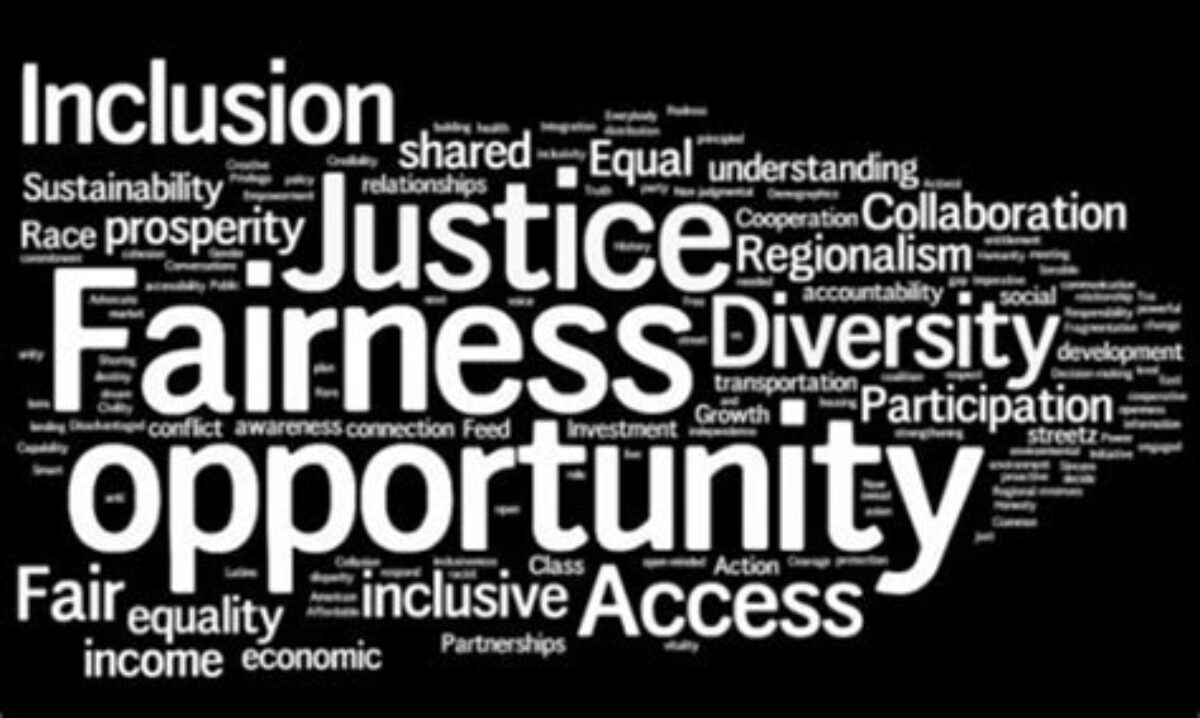In week thirteen of the SOCW 350A course the topic of restorative justice is discussed. Restorative justice is a holistic approach that focuses on repairing harm caused by a wrongdoing, involving all affected parties in seeking solutions that promote healing, accountability, and community reintegration (Gumz & Grant, 2009). As Gumz and Grant say (2009), restorative justice is the “humanistic approach to crime” (p. 125).
I chose restorative justice as one of my artifacts because it holds significant importance in social work, particularly concerning Indigenous communities, due to its alignment with Indigenous cultural values, community-centered approaches, and healing-oriented practices. For Indigenous peoples, restorative justice resonates with their holistic worldview, which prioritizes relationships, community harmony, and reconciliation. It offers an alternative to correctional systems, aligning more closely with Indigenous concepts of healing, accountability, and communal responsibility (Baskins 2022; Gumz & Grant, 2009; Van Wormer, 2003).
Furthermore, restorative justice acknowledges historical injustices and colonial legacies that have disproportionately affected Indigenous communities. It seeks to address these injustices by centering the voices of those impacted and involving the community in healing processes. As Van Wormer has shown with research (2003), emphasizing dialogue, repairing harm, and fostering understanding between offenders, victims, and the community, restorative justice aligns with Indigenous principles of interconnectedness, respect, and restoring balance. Going forward I want to engage in restorative justice practices within Indigenous settings to facilitate culturally sensitive interventions that honor Indigenous traditions, promote healing, rebuild trust, and contribute to the well-being and resilience of Indigenous communities.
I included a couple of the You Tube videos from week thirteen of SOCW 350A that discuss restorative justice, click on the images below to view.
Click on the images below to watch You Tube videos about restorative justice.






























